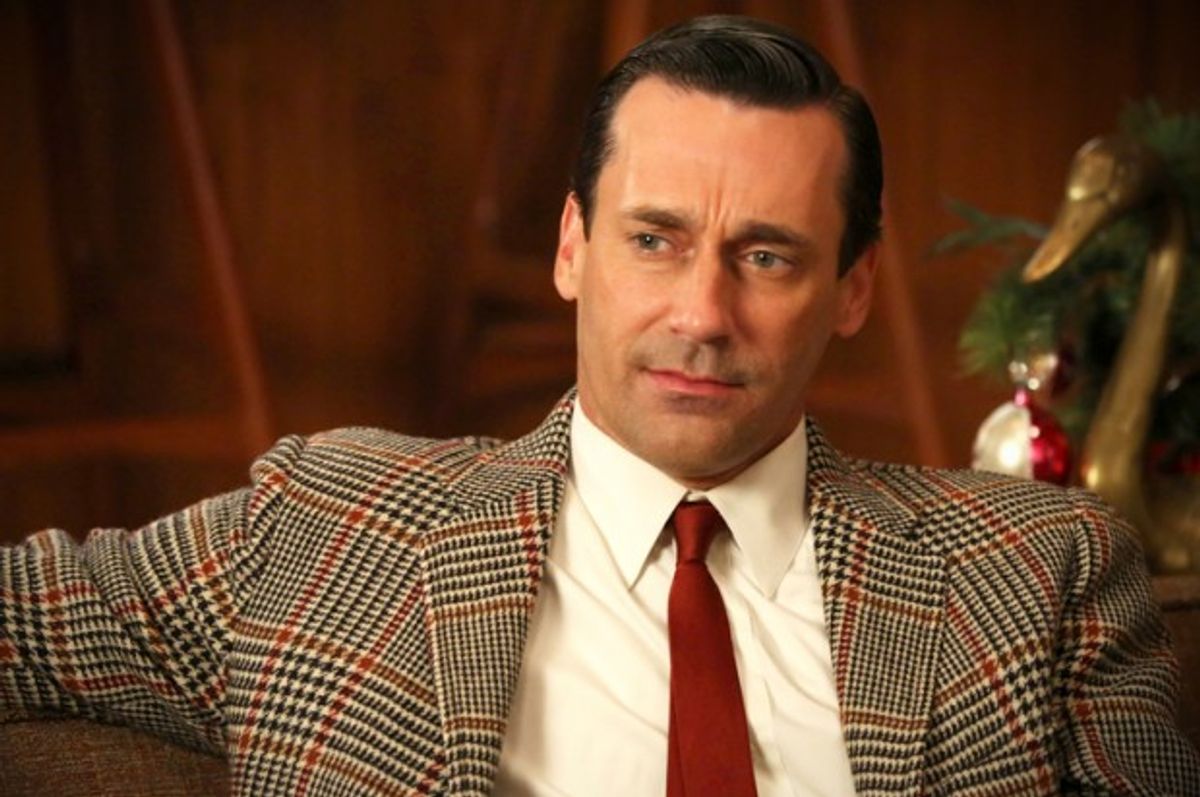Laura Miller was impressed by Kate Atkinson's "Life After Life," in which protagonist Ursula Todd "lives any number of lives in the course of the book," à la Bill Murray in "Groundhog Day":
As a result, “Life After Life” runs through several courses of Ursula’s story until each comes to its terminus, then the novel starts over with a different one. Perhaps this sounds monotonous, like some hellish video game in which you’ve got to repeat a level again and again to make it to the next. That’s not the case. “Life After Life” is a hypnotic dance of causality and chance, in which Ursula makes genuine progress. We see how a meek Ursula’s life plays out when one of her boorish older brother’s friends casually rapes her in the back stairway, and then we get the version in which she’s seized with a powerful urge to clock him the minute he gets fresh. Each iteration shows her to be more self-possessed, more in charge of her own life (as the cliché goes) — but that doesn’t necessarily lead to a “better” outcome. Meanwhile, Ursula moves toward that inevitable time-traveler imperative, the one that gave its name to a “Doctor Who” episode: “Let’s Kill Hitler.”
Miller also recommends Guy Gavriel Kay's "River of Stars" for the fantasy fan who wants to get wrapped up in a world that doesn't stem from European folklore:
Here you’ll find all the scheming and skullduggery that give “Game of Thrones” its zest, refined to the subtlest of arts. Kay invokes a world of stylized manners and deadly gambits, infused with an aesthetic founded on the most exquisite appreciation of the beauty and melancholy of the natural world. One of Vance’s fortes is conveying understated irony, and it serves him very well here. He acquits himself equally well with Kay’s landscape descriptions — not something I typically enjoy much in novels, but so evocative here you feel you’re breathing the autumn mist as it rises from the bamboo groves. Vance can sure work a pause, too, whether he’s using it to press an unspoken threat or to invoke a delicate sorrow.
MOVIES
Andrew O'Hehir grappled with his intense, conflicting feelings about "Upstream Color," a "slo-mo science fiction allegory" by indie auteur Shane Carruth (best known for his 2004 low-budget time-travel drama, "Primer"):
My own feeling after one viewing of this disorienting and fragmented fable of thwarted love and obscure interconnection, which caused a sensation at the Sundance and Berlin festivals, is divided and perhaps paradoxical. I was immediately drawn in by the mysterious, meticulous world of vision, sound and sensation Carruth creates, with its blown-out digital color scheme and intimate focus, which simultaneously seems to be contemporary America and also an alien zone of disconnection and isolation. Yet I emerged from that hypnotic dream state, 90 or so minutes later, feeling as if the story Carruth tells in that magical space doesn’t quite carry the transcendent resonance he intends.
While impressed by Carruth's lovely and idiosyncratic imagery, O'Hehir ultimately found that "Upstream Color" relied more on style than substance:
What I discern here is the work of a unique visual stylist and collage artist who’s creating obsessive-compulsive allegorical puzzles, whose underlying philosophy is deliberately unclear. (Another likely influence or parallel would be Richard Kelly, he of “Donnie Darko” and “Southland Tales.”) You could read the film as the story of life on planet Earth, with some vague degree of mysticism but no default to spiritual or supernatural beginnings, or you could say (despite my claim earlier that human society is nearly invisible) that it’s a parable about life in a downward-trending economy. It would make a terrific double bill with Malick’s new “To the Wonder,” which is also a flawed, gorgeous and enigmatic love story. I’m still inclined to say that Carruth’s ideas don’t live up to his remarkable craft – but on this movie, the conversation is just beginning.
TV
Willa Paskin celebrates the return of AMC's "Mad Men," in which we find the earth shifting beneath the loafer-ed feet at Sterling Cooper Draper Pryce :
Don Draper’s agency may have a Jewish copywriter, an African-American secretary and a female partner (who prostituted her way to the top), he may have a wife and protégé with their own desires and ambitions, his historical moment may be exceedingly ungenerous to adults, but his worst enemy, the most potent underminer of his happiness, has been himself, his past, his hang-ups, his habits, his mortality. The world is changing, but then the world is always changing. Can he?
Season 6 of “Mad Men,” which premieres on Sunday night, begins on New Year’s Eve of the most dramatic year of the ‘60s, but the threat feels existential as ever. Change is all around, in Sterling Cooper Draper Pryce’s improved circumstance, in the tighter silhouette of the pants, in the bushier sideburns and scruffy facial hair, but Don Draper remains as stuck as a slide in a Kodak carousel. How does it feel to live through history? Maybe it just feels like living with yourself.




Shares